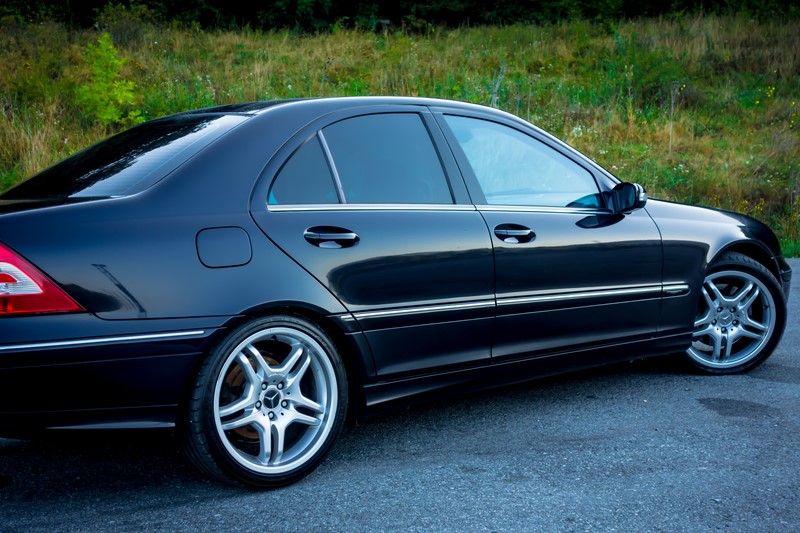
In recent years, with an upturn in celebrity culture and the wider world wanting to mimic that lifestyle any way they can, car window tinting has been on the rise. Beginning in the US as a symbol of status and lifestyle, and seen worldwide as a security measure, for privacy or to simply keep cool, glass tinting is desirable.But it has strict laws around its application. Several serious road accidents in recent years have cited tinted glass as a contributory factor, and regulations are in place and police carry light meters, so it’s important to be aware of what is legal.
The most basic thing to know is that percentage limits apply only to the front windscreen and front side windows. The rear windscreen and rear passenger windows can be as dark as you like, which explains why although this is a growing trend among young drivers the biggest buyers of tinted windows are mums in 4x4s wanting to protect their children from the sun!
The legal requirements are split into two: cars first driven after the 1st April 1985 and those before that date.
Cars on or after 1985 must have a visibility level of at least 75% on the front windscreen and 70% to the front side windows.
Those dating to before April 1985 must have at least 70% visibility on all front windows.
Those are the legal requirements – but what if your car doesn’t conform? There are good reasons to make sure it does.Being pulled over and having your tints measured at less that 75/70% could mean a slap on the wrist, or it could mean as much as a penalty notice, points on your licence, a fine or your car being impounded until you can correct the glass. Selling tinted glass that doesn’t conform, applying illegal tints or selling a car that has illegal tints all break the law.
Also worth remembering is that most new cars have some level of tint as standard, so any added tint needs to take this into account. And the dreaded car insurance: most insurers will count tinted windscreens and windows as a modification, so you must inform them when you take out your policy or when you add the tints or your policy will be invalid.
Tinted windscreens do have aesthetic value, and can provide a small level of safety, but remember the implications and the law: too dark and you could have far more than a small fine to pay for.
You can check all current UK leglislation here https://www.gov.uk/tinted-vehicle-window-rules



